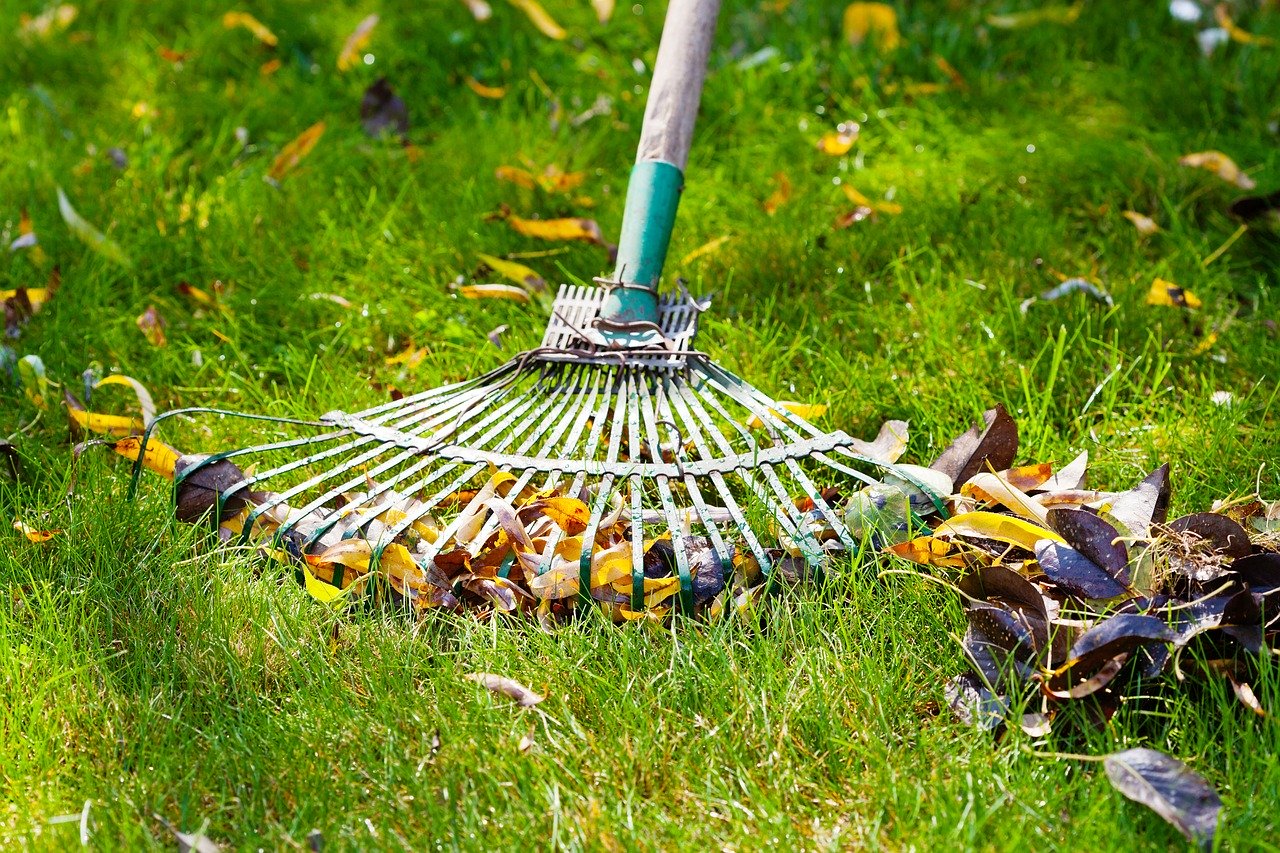Time sure flies, and in a few weeks, the delightful warmth of the closing summer season will be replaced by the nippier weather of fall.
If you’re a property owner, this means that you can finally take it slow with lawn care in Dumfries, VA, avid gardeners say.

However, in the fall, there are still a few lawn care responsibilities to stay on top of. These are focused mostly on protection from the bitter cold of winter and preparation for the revival of plant life in the spring.
Here are the 10 crucial lawn care tasks to perform during this season.
Read Also:
1. Aeration
One common thing that happens when the weather shifts from dry and hot to cold and nippy is that the soil can become quite compact.
Therefore, before it gets seriously wet and chilly out there, specialists in lawn care in Manassas, VA advise residents to loosen the soil of their lawn or garden.
Doing this will ensure that fresh grass will break through the ground more easily in the spring.
So, borrow an aerator or invest in those aerating shoes and punch holes into your yard (especially in high-traffic areas) to loosen up the ground before it gets packed with snow in the winter.
2. Fertilization
After aerating your lawn, the next thing to do is to apply a layer of fertilizer. The small holes in the ground will allow for effective absorption of the boosters so nutrients will reach the grassroots much faster and turf will survive the winter.
It’s worth adding as well that spreading compost in the autumn is one of the most effective strategies in keeping suffocating weeds at bay come springtime.
3. Seeding
With the ground well-aerated and fertilized, you now have the perfect setup for planting new seeds. Before the winter fully sets in, these new seeds will take root.
During the winter, roots will grow deeply and will have healthy sprouts in the spring.
The seeds of hardy annuals such as larkspur, Bachelor’s Buttons, and Breadseed Poppies are perfect to plant in the autumn.
If you want to grow some edibles, broccoli, cauliflower, celery, and carrot are ideal to seed in the fall as well.
4. Mulch
Mulching is essential to carry out for additional soil nourishment. Besides this, mulch will protect your grass from the dry winter wind, and it can likewise function as insulation for the soil.
So, when you mow the lawn, gather all the clippers along with loose fall leaves (you may want to use a chipper for faster breakdown or decomposition) and spread them on the ground.
5. Clean-Up
Country Living Magazine also strongly recommends a thorough pre-winter clean-up of the lawn. Get rid of matted leaves that can suffocate grass and soil underneath them and make sure that there are no insect nests around.
It’s best to throw away matted leaves instead of adding them to compost just to make sure that you’re not adding diseased leaves and twigs to your lawn booster.
6. Weed Control
It’s essential to tackle weeds during the fall because they are incredibly resilient. The cold and wetness of winter will not kill them, and they will continue to thrive in the spring.
Pull them out or spot-treat them using vinegar (which is effective against crabgrass and dandelions) or herbicides suitable for the grass you have growing in your lawn.
You can get advice on which herbicide to use for your yard from your local lawn professionals or gardeners.
7. Watering
Keep your lawn hydrated on days when it doesn’t rain to help your new seed to germinate. Be consistent with this task for two weeks, and the roots will be able to withstand the harsh conditions of winter.
When you water, do so wisely. Carry out the task during the ideal times of the day because too much water can encourage fungal growth and also attract insects.
8. Pest Control
As mentioned above, keep an eye out for nests and hives. Likewise, clean up areas where little pesky pests can take refuge in the winter and make sure to declutter your lawn because pests can use loose twigs and leaves to create new homes.
Lawn care experts in VA also recommend trimming trees and shrubs in the fall because a lot of winter rodents and ants can take refuge in your home.
They may use tree branches or overgrowth as bridges into your warm house.
9. Disease Check
Hire lawn experts to check your plants and grass for diseases because these don’t die even in the winter, and they may spread aggressively in your lawn come springtime.
If you see white spots, mosaic patterns on leaves, and crinkled leaves among the vegetation in your yard, have them checked more thoroughly so they can be treated appropriately and prevented from spreading.
10. Garden Equipment and Tool Cleaning
Before taking a full break from lawn care or yard work, take the time to clean all your handheld gardening tools and equipment.
Wash them to get rid of soil build-up and disinfect them, primarily if you dealt with plant diseases and pest infestation. Afterward, oil them to get rid of rust.
By doing that, you’ll have gardening essentials ready to work in the springtime, and you can also be certain that you will not be reintroducing diseases to your lawn.
Plus, such care will maintain their good quality for a long time. Good quality gardening tools aren’t cheap, and if you’re frugal, you can avoid the unnecessary cost of replacement by taking great care of these items.
Pre-winter lawn care is an absolute must if you want your yard or garden to come back to life healthily in the spring.
It also makes sure that you prevent typical lawn problems that arise during the season of resurrection which can be rather costly to repair or treat.
Most of the tasks for pre-winter lawn care listed above are easy to do on your own. However, for problem treatment and prevention, it’s best to turn to the pros.
With their experience, advanced know-how, and the right tools, you can trust that they’ll get the job done fast and correctly.










